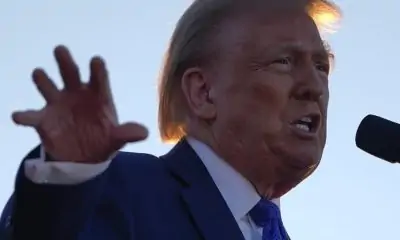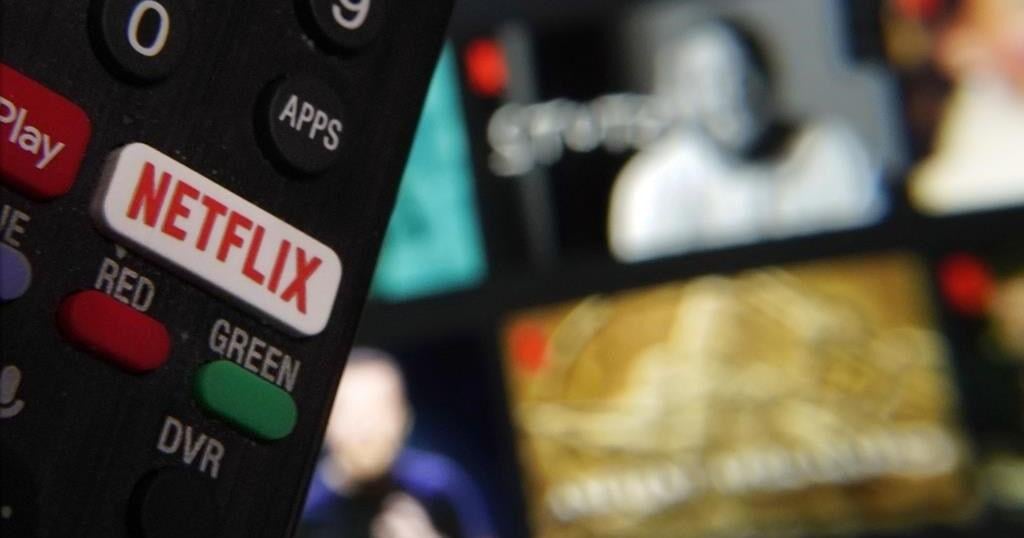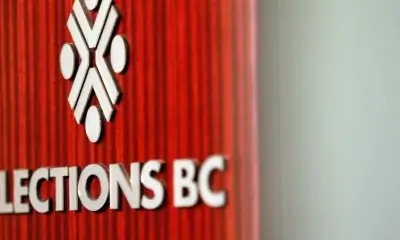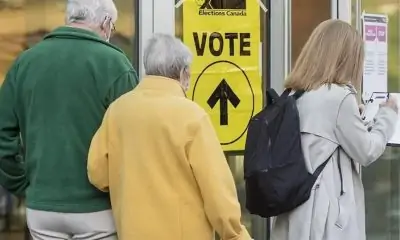Oil market bulls are in for a surprise if we believe the latest statements from OPEC+ leaders Saudi Arabia and Russia.
The official views proponed by the OPEC+ JMCC during the last few days were looked at as a positive sign as existing production cuts are being relaxed in August as a result of higher expected demand. The Saudi Minister of Energy and OPEC’s main power broker Prince Abdulaziz bin Salman added fuel to the fire by telling Al Arabiya yesterday that he could see a development in which the OPEC+ oil production agreement will be extended to the end of 2021 or even through the beginning of 2022. This news hasn’t been digested by the markets yet and shows a possible split in views within OPEC+. The Saudi minister also reiterated that “we still have a long way to go and actions will continue. Therefore, part of the recovery and coexisting with this situation until, God willing, this epidemic is gone, is that we decided to have a monthly meeting with the committee that monitors the market, to make sure of the obligations, and to make recommendations to the OPEC+ conference”.
Prince Abdulaziz’s statements differ from Russian Energy Minister Novak’s view on the market. On Wednesday, Novak said that the expected easing of oil output cuts by the OPEC+ group from August to 7.7 million barrels per day is justifiable and in line with the market trends. Novak made his remarks at the opening of the Joint Ministerial Monitoring Committee (JMCC) meeting. Russia’s views seem to be much more optimistic about the possible demand increase for oil and petroleum products globally.
Saudi Arabia has now made abundantly clear that it doesn’t want to be confronted by a possible W-shape economic recovery and a possible 2nd wave of Corona. At least that is the official message. The underlying message could be more diffuse and could cause an internal OPEC+ discussion, in which Saudi Arabia could be threatening to stop making the lion share of the oil production cuts. Saudi Arabia’s grand oil strategy is facing critique at home as export revenues continue to decline. Official data provided by Riyadh and the Joint Organizations Data Initiative (JODI) show that the Kingdom’s total oil exports, including crude and oil products, fell to 7.48 million barrels per day (bpd) in May from 11.34 million bpd in April. Exports in June and July could end up being even lower, and the same will apply to Russian oil production. The political and economic agendas, however, are now openly going into a different direction, judging Minister Novak and Prince Abdulaziz’s statements.
Related: Second Wave Of COVID-19 Won’t Crush Oil Prices
Oil fundamentals are far from ‘normal’, even if OPEC+ members are stating something else in the media. OPEC’s monthly JMCC meeting outcome is a clear sign of a growing desire of Russia and some other OPEC members to relax the current oil production cut agreement. The current power struggle is masqueraded in media-friendly statements, but there is a clear and present danger that Moscow and Riyadh could be heading to a new collision. At present, there’s no direct risk of a breakup, but Riyadh is fed up with taking the full brunt of the output cuts, while struggling to keep its economy afloat and the social contract in place.
International media have shown a lack of critical analysis of the underlying critical developments inside of OPEC+. The current relaxation of output cuts is a full-scale sign of a belief in a global economic recovery in the coming months. This belief leans on somewhat shaky fundamentals as a second wave of COVID-19 is already showing its ugly face in several places. Still, OPEC, Russia and its allies, have officially decided to change its reasonably successful strategy by August 1. Until now, oil production was cut by 9.6 million bpd, while the new target for August is 7.7 million bpd.
In order not to risk another internal crisis or outright oil price and market share war between Crown Prince Mohammed bin Salman and Putin, a compromise, based on shaky fundamentals, is being presented. Oil demand fundamentals remain rather weak, to say the least. The global economic recovery narrative is currently being used to support the relaxation of output cuts.
Currently, oil markets are expected to be in deficit, resulting in a draw of crude oil in storage. In 2021, OPEC looks to further increase its overall production by another 6 million bpd. The need for higher revenues are the driver, not market stabilization. Optimism about a V-shaped recovery, bullish news from China and the removal of major lockdowns in Europe have been feeding the bullish sentiment within the OPEC+ group. The real economic recovery, however, remains fragile. Even in its own report, OPEC stated that it fears oil markets are still unbalanced, especially if a second wave of COVID-19 undermines the economic recovery.
OPEC’s decision to ease output cuts or increase production is a unilateral decision. The real problem is that once one OPEC member raises production, others will likely follow suit. Then there’s the risk of a U.S. shale comeback. Current oil prices are high enough to bring back the production that was shut-in during the oil crash. Further production increases by OPEC+ will result in a growing glut, as other oil-producing nations will not feel obliged to keep cuts in place and will instead feel the need to save market share.
Related: Russia Looks To Woo Tech Companies As Oil Lags
Again, OPEC+’s success seems to be blinding advisors. The very fragile balance at present between supply and demand could easily turn into a glut. After months of oil storage crisis headlines, rational reasoning now seems to be pushed overboard. Global inventories are still brimming and need to be drawn down to further stabilize the market.
The threat of a W-shape or even Triple-V recovery is clear. OECD markets are boosted by quantitative easing measures and markets are being artificially propped up by trillions euros and dollars of federal funds. The negative signs of the real economic impact of COVID in Europe are beginning to show as bankruptcies are increasing and unemployment levels continue to rise. The iceberg that the OPEC+ Titanic fails to see is that China’s growth depends on its exports to OECD markets.
The current OPEC+ approach is not sustainable, there is no room for flexibility, and as long as oil inventories remain elevated and demand remains lackluster, markets will not see a full recovery. Moscow and Riyadh must find a long-term solution if they want to see a real recovery in oil markets. If this doesn’t happen, a possible break-up between Saudi Arabia and Russia looms.
By Cyril Widdershoven for Oilprice.com
More Top Reads From Oilprice.com:














































